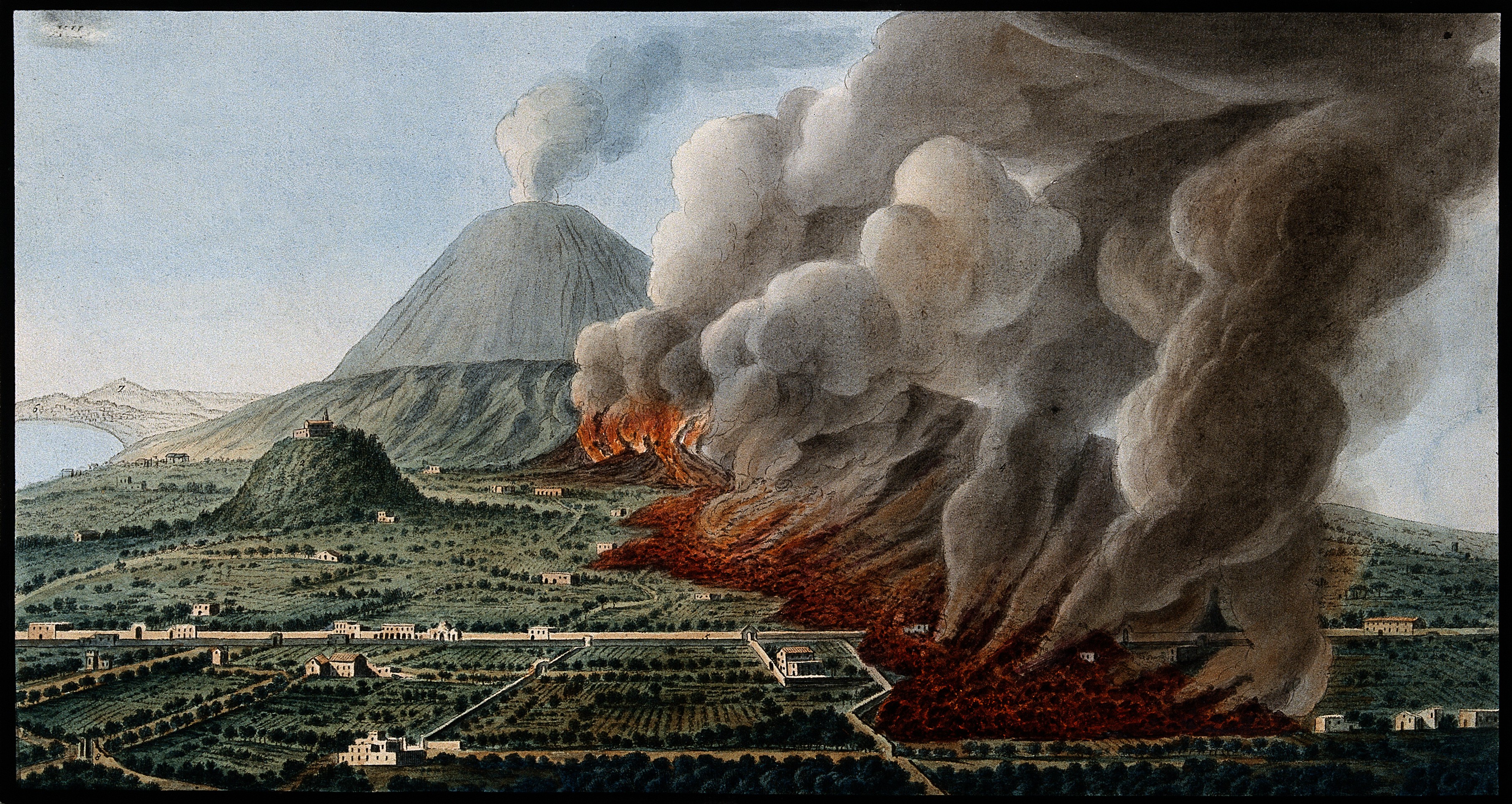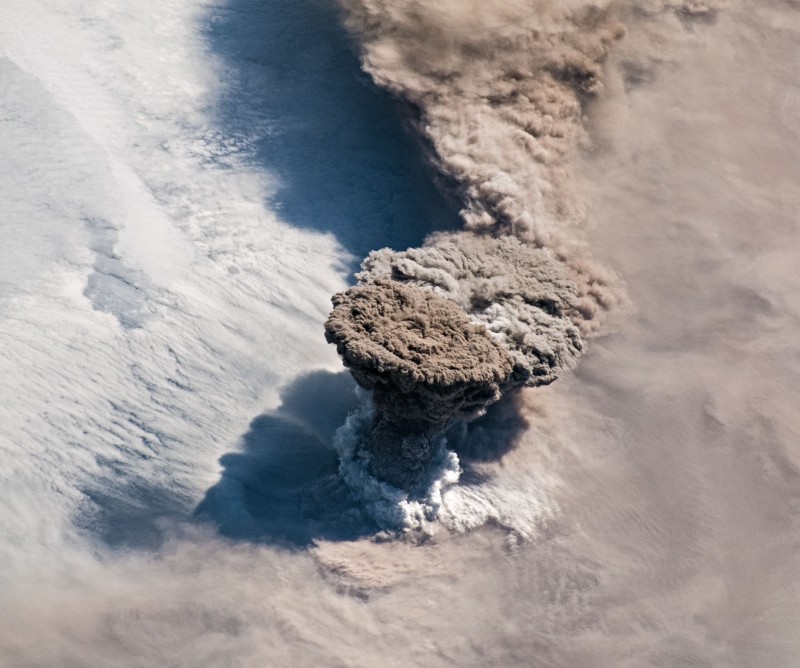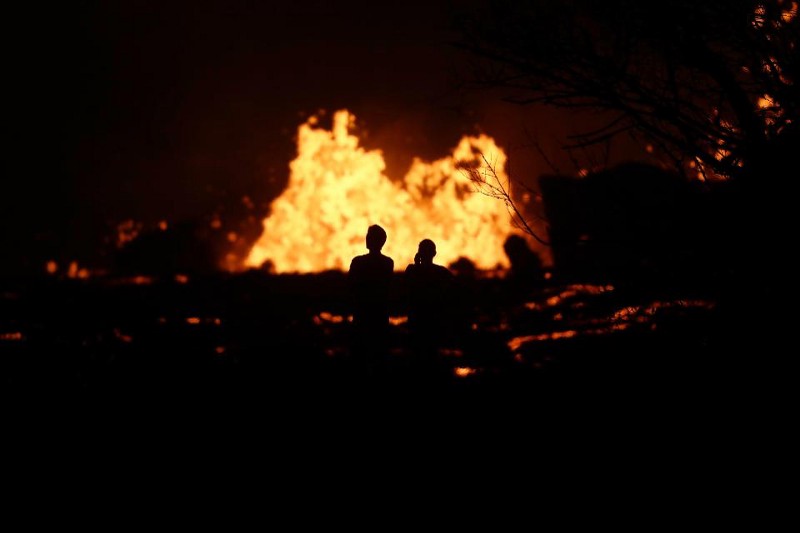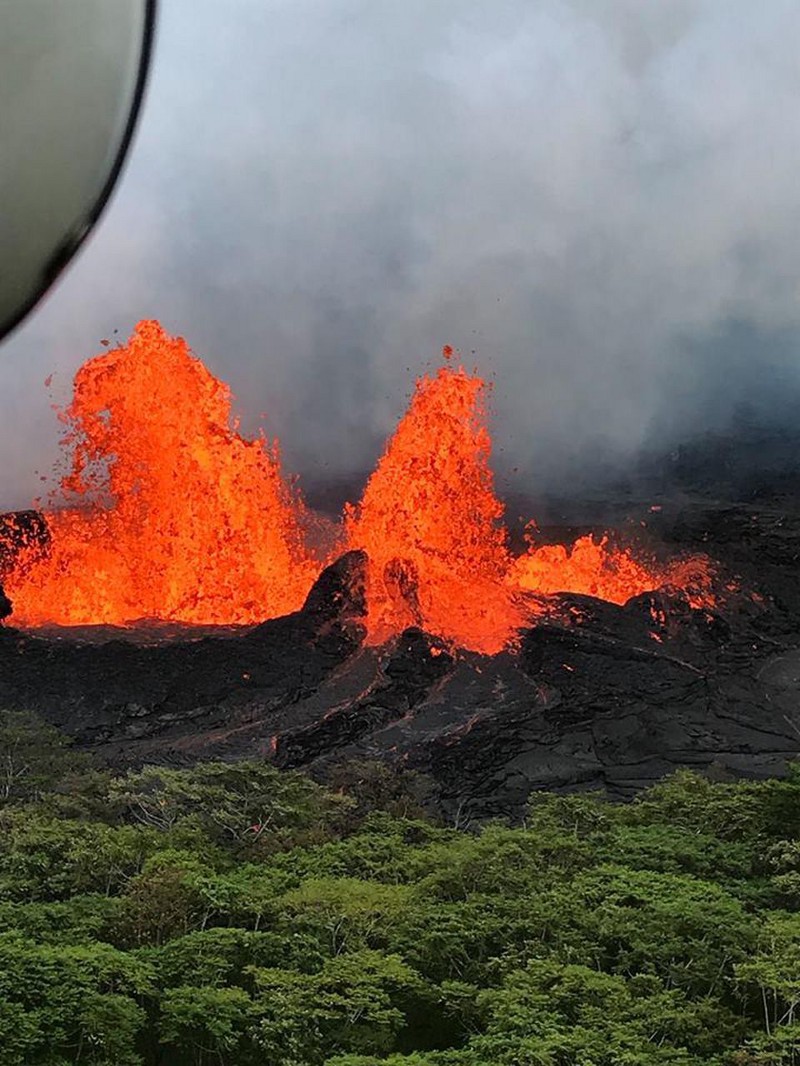The Social Ramifications of Volcanism
Manam in Papua New Guinea erupting in 2004
Five years ago, Manam volcano in Papua New Guinea erupted. The volcano is located on a 10-km island of the same name and when it erupted in 2004, it produced pyroclastic flows and lava flows to the tune of a VEI 4 eruption. It was decided that the 9,000 inhabitants of the island had to be evacuated but even so, five people died due to the eruption. However, there are still thousands of people in temporary care centers on the main island of Papua New Guinea. Tensions have flared with the local inhabitants, to the point that four former islanders have been murdered in recent months. There are also people who have been sent back to the island, scraping out a meager existence without much assistance from the PNG government. Without help, they will continue to face challenges that potentially rival the threat of the volcano itself. Sure, there have been many gestures made to solve the problem, but the situation for the people of Manam continues to be unstable (pdf link). The PNG government admits that the original evacuations were performed hastily, leaving both the islanders and care centers unprepared, and the situation continues to be mishandled by national and provincial officials.
This is the sort of post-eruption humanitarian issues that tend to go unnoticed in the scientific community. These crisis occurs months to years after the volcanic activity has ceased, yet they are very real problems to the people who have been displaced. Not only are the people facing hardship due to resentment and lack of appropriate resources, but their cultural identity is in danger due to the evacuation of their native island. These “hazards” have had an direct effect on the people of Manam, but none of them are directly related to the volcanism itself and one could argue that these new hazards related to the evacuation and resettlement might be causing more problems than they have solved. Mitigation for volcanism disasters needs to not only take into account the immediate effects of an eruption, but the long term ramifications of the actions of the governing bodies – Where will people go? How long will they need to be moved? Is it permanent? How will they sustain themselves? What social problems might be involved in moving the people? Manam should be a cautionary tale with hopes that places like Chaiten do not have to suffer these indignities.




